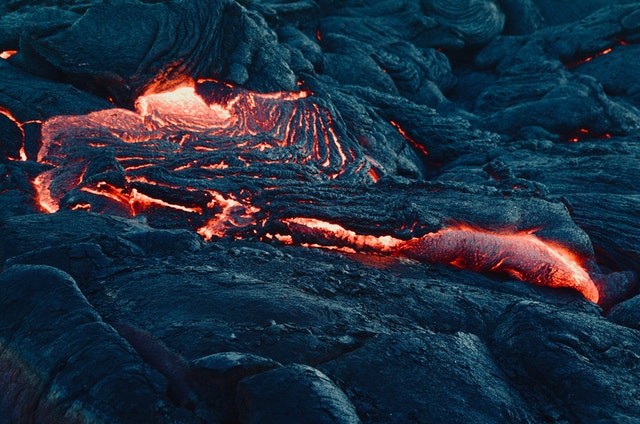Geoscientists from the University of Texas Austin and Rice University discover that tiny bubbles tell tales about Earth's most significant volcanic eruptions.
This information was revealed in an open-access study published on the web in Nature Communications.

Research Provides Answer to Long-standing Question
Researchers like James Gardner from the University of Texas along with Helge Gonnermann and Sahand Hajimirza from the Rice University were able to answer a deep-rooted question about highly explosive volcanic eruptions just like the one that occurred at Mount St. Helens in 1980, another at Mount Pinatubo in the Philippines in 1991, as well as the one at Mount Chaitén in Chile in 2008.
For a long time now, research teams composed of geoscientists have sought to utilize small bubbles in erupted lava and ash in order to remodel some of the conditions like pressure and heat that occur in these explosive volcanic eruptions.
However, there has been a long string of historic disconnects between a large variety of numerical models that attempt to predict precisely how many minute bubbles will form as well as the actual amounts of bubble measured in erupted material.
The geoscientists Gardner, Hajimirza, and Gonnermann worked for over 5 years, in order to reconcile the differences for these eruptions, known as Plinian eruptions.
They are named to honor Pliny the Younger, the Roman author who accurately described the eruption that demolished Pompeii in A.D. 79. Plinian eruptions are known to be some of the most destructive and highly intense volcanic events in history.
According to Hajimirza, a former Ph.D. student and a postdoctoral researcher in Gonnermann's lab at Rice's Department of Earth, Environmental and Planetary Sciences, the intensity of eruptions refers to the precise amount of magma that is erupted as well as how quickly the magma flows or bursts out.
The researcher added that the usual intensity of Plinian volcanic eruptions ranges from about 10 million kg/s to 10 billion kg/s. which is an accurate equivalent to 5,000 to 5 million pickup trucks per second.

Forecasting Volcanic Eruptions Remain a Significant Challenge, Researcher says
One of the researchers' methods to gauge the overall speed of rising magma is by studying the tiny bubbles in erupted lava and ash.
Magma bubbles likened to the bubbles in an uncorked champagne, are created via an incredibly rapid decrease in pressure. In magma, this phenomenon causes dissolved water to escape rapidly in the form of gas bubbles.
Hajimirza made it known that when magma rises, its pressure decreases rapidly, and at a particular point, the magma reaches a pressure at which water becomes saturated. Further decomposition will lead to super-saturation as well as the formation of bubbles.
As water escapes in the form of bubbles, the molten rock, in turn, becomes less saturated. However, if the magma continues to rise, the resultant decreasing pressure will end up increasing saturation.
According to Hajimirza, forecasting volcanic eruptions is one of the long-term objectives of volcanologists. This is incredibly challenging as the direct observation of the subsurface process is practically impossible.
The researcher states that one of the most significant challenges of volcano science, which is outlined by the National Academies in 2017, has to do with how to considerably improve eruption forecasting via better integration of the observational data gotten with quantitative models, just like the one that was developed for this particular study.
For more news, updates about volcanos and similar stories, don't forget to follow Nature World News!
© 2026 NatureWorldNews.com All rights reserved. Do not reproduce without permission.





